Experimental hypersonic aircraft Hermeus Quarterhorse on the eve of flight tests
Over the past few years, the American company Hermeus Corp. conducts work on a promising multipurpose hypersonic aircraft. To date, she has managed to complete the bulk of the design work and start testing individual units. In addition, a full-size experimental aircraft was recently presented, and a full-fledged flight model will appear in the near future.
Initiative and contracts
The Hermeus company was founded in 2018, and its task immediately became the development of a scientific and technological base for the subsequent creation of military and civilian hypersonic aircraft. First of all, it was planned to develop a glider and an engine that would correspond to such tasks. At the same time, it was proposed to use only available technologies and materials, due to which it was possible to speed up and reduce the cost of both the development of projects and the construction of finished equipment.
Such ideas interested the US Air Force, and soon Hermeus was included in the AFWERX support program. As a result, the firm now cooperates with the Air Force Research Laboratory, and also regularly receives contracts for the necessary work. In addition, several government agencies became interested in new developments, which in the future may become customers of finished equipment.
During the first years, with the help of attracted funds and government funding, Hermeus carried out the bulk of the research, and also developed the engine for the future aircraft. Tests of such a power plant began in February 2020 and continue without significant problems and complaints.
In August 2021, Hermeus received a new contract from the US Air Force worth $ 60 million. According to it, the contractor must within 18 months. build and test an experimental hypersonic aircraft in the air. It was argued that the prototype machine would be relatively simple and cheap to manufacture and operate, with the result that 60 million would be enough for both construction and a full test cycle. The project was named Quarterhorse (“Quarterhorse” - a breed of horses for short-distance racing).
Technology Demonstrator
On November 9, Hermeus announced that the official presentation of the Quarterhorse prototype aircraft had taken place a few days earlier. Investors and potential users of new technology from the military and civilian structures were invited to the event. Loud statements and the most daring predictions were heard.
The Quarterhorse project is based on the ideas and experience gained by Hermeus in recent years of research. At the same time, work on the car took minimal time. It took only four months from the receipt of the order and the beginning of the design to the roll-out and the first demonstration of the prototype - a kind of record for a modern supersonic and hypersonic aviation... However, as reported, an aircraft not intended for flight was used at the presentation.
The constructed aircraft immediately showed some of its capabilities. Right during the presentation, the engine was started with a gradual afterburner. At these engine operating modes, the aircraft must take off and perform the initial acceleration before reaching supersonic and hypersonic speeds.
Under a contract with the Air Force, Hermeus will build a full-fledged flight prototype over the next year and then put it into testing. It is expected that the tests will pass without any difficulties and will be completed by the end of the year. Based on the results of these measures, the development of new models of aviation equipment for real operation can begin.
Project technologies
In its current form, "Quarterhorse" is an unmanned aircraft of the "tailless" scheme with smooth conjugation of the fuselage and planes. The nose section of the fuselage is equipped with a distinctively shaped air intake optimized for operation at high speeds. More than half of the aircraft's length is occupied by an air duct, the rear of which has the function of cooling the flow. Behind it is a combined engine of an original design.
In basic flight, the Quarterhorse will face the highest thermal and mechanical stress. However, the design features of the aircraft were not reported, and it is not known how the engineers plan to deal with these problems. Apparently, the airframe is made of heat-resistant and durable metal and composite materials.
Especially for use in new projects, Hermeus has developed an original engine architecture TBCC (Turbine-Based Combined Cycle - "Combined cycle based on a turbojet engine"). This scheme offers the addition of a conventional turbojet engine with an afterburner with the functions of a ramjet engine. At different flight modes, the components of such an engine must work independently or in different combinations.
Takeoff, acceleration and flight at supersonic speed are proposed to be carried out using a turbojet engine, incl. using the afterburner. For a further increase in speed and reaching the hypersonic mode, the afterburner must switch to direct-flow mode and create all the necessary thrust.
The first version of the TBCC product, tested at the stand and being prepared for testing in flight, is based on the General Electric J85-21 serial turbojet engine. To conduct the experiments, Hermeus purchased several of these engines, previously used on aircraft of the US Air Force. After renovation, they can participate in a new project.
The technology demonstrator from a recent presentation does not have an explicit cockpit and appears to be unmanned. The use of autopilot and remote control to a certain extent simplifies the design of the aircraft, and also sharply reduces the risks at the test stage. Accordingly, the tests will take minimal time and will fit into the allocated funding, but will be completed with all the necessary results.
It is expected that the experienced Quarterhorse and subsequent aircraft using the same solutions will be able to reach speeds of about 5M (over 6100 km / h). The flight range will be determined by the design features of a particular sample, as well as the wishes and needs of future customers.
Family plans
Over the next year, Hermeus Corp. will be engaged in the construction and testing of the Quarterhorse experimental aircraft. He will have to go through a full cycle of checks and demonstrate the operation of key units in all main flight modes, up to the maximum design speeds. It is not known what the results of such tests will be, but the further course of the project depends on them.
In the foreseeable future, Hermeus plans to enter the civil aircraft market. Hypersonic liners with different capacities will be able to operate on long lines and will dramatically speed up the transportation of passengers. According to calculations, a flight on such a plane from New York to London will take about 90 minutes, whereas now it takes approx. 7 h.
The company believes that such an acceleration of transportation will not only interest carriers and passengers, but also have a positive impact on the global economy. According to her calculations, hypersonic airliners, when used on a large scale, will provide additional growth of the world economy by $ 4 trillion annually.
However, the main interest in the Quarterhorse project and promising developments is shown not by commercial carriers, but by the Pentagon. In the future, he will be able to order passenger modifications of the aircraft for the transport of personnel, incl. dignitaries. The fundamental possibility of developing a high-speed reconnaissance aircraft or aircraft for other purposes is not excluded.
Plans and reality
The Quarterhorse project shows that active work continues in the United States to create and master hypersonic technologies. It is very interesting that not only recognized leaders of the aircraft building industry are joining this direction, but also completely new companies. Moreover, such a newcomer in the person of Hermeus was even able to interest the Air Force and get the necessary support.
A challenging and ambitious project from Hermeus Copr. successfully overcame the first few stages. The development of key components has been completed and bench tests have been carried out, which becomes cause for optimism. However, now the project faces a more difficult task in the form of full-fledged flight tests. At this stage, the real level of technology development will be shown, as well as the capabilities and prospects of the aircraft based on them.
The tests are expected to be completed by the end of next year. Then it will become clear whether potential customers will continue to support the project, and whether the desired liners, scouts, etc. will appear in the distant future. In the meantime, the prospects of the project remain unknown, and all that remains is to make predictions, which, however, may not come true.
Subscribe to our Telegram channel, daily additional materials that do not get on the site: https://t.me/topwar_ru
- Ryabov Kirill
- Hermeus Corp.
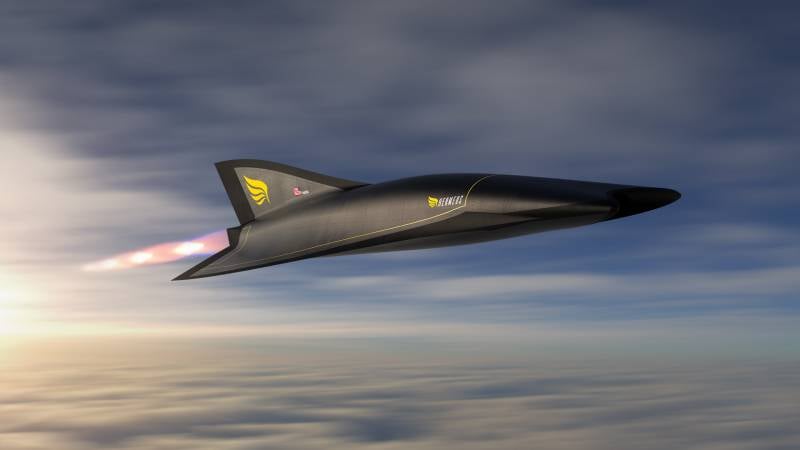
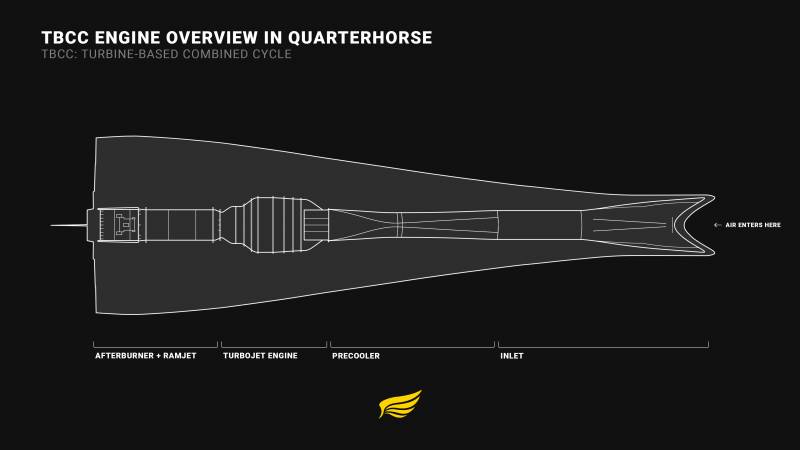
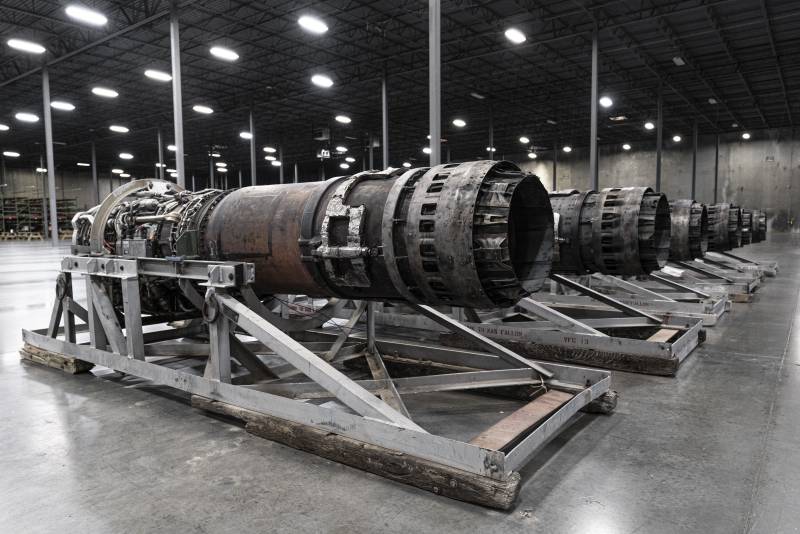
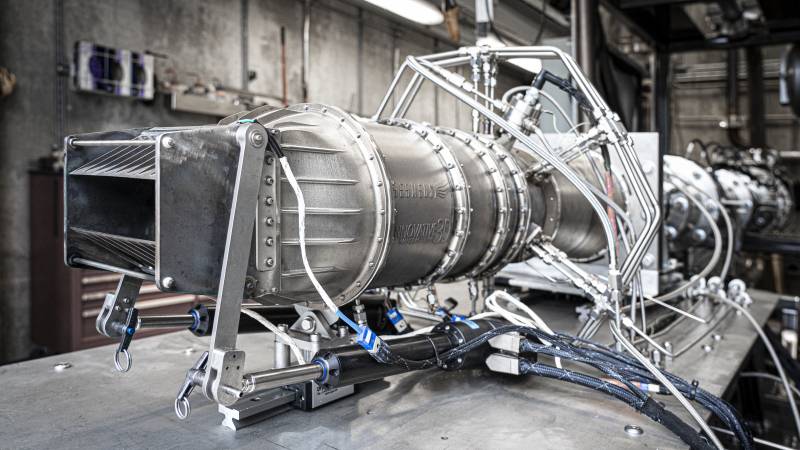
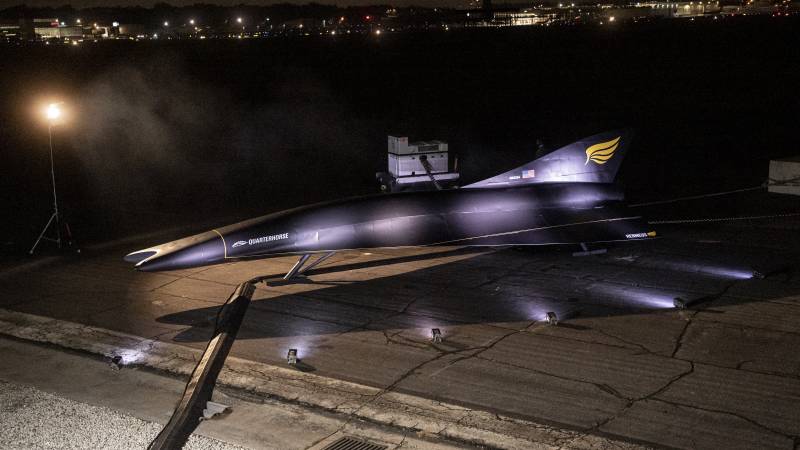
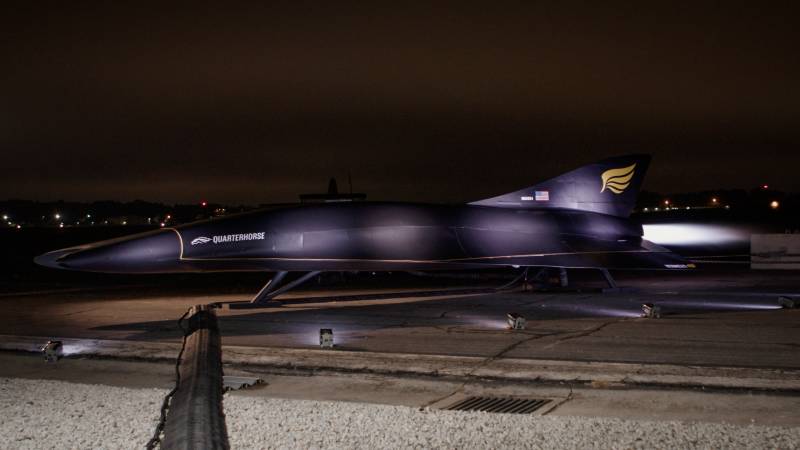
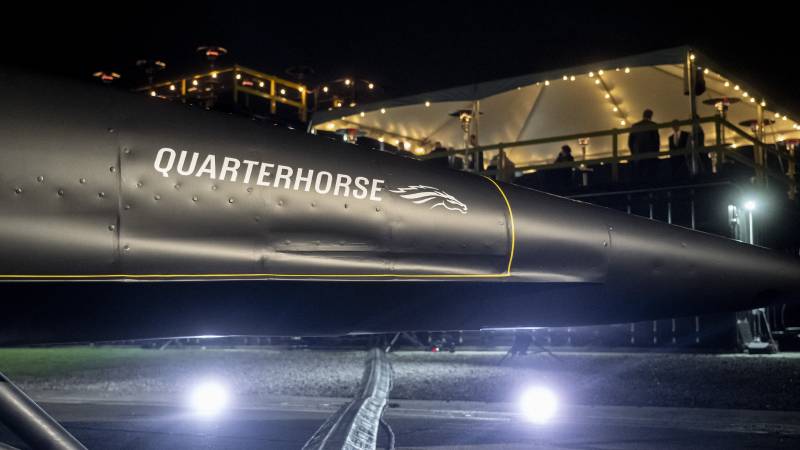
Information